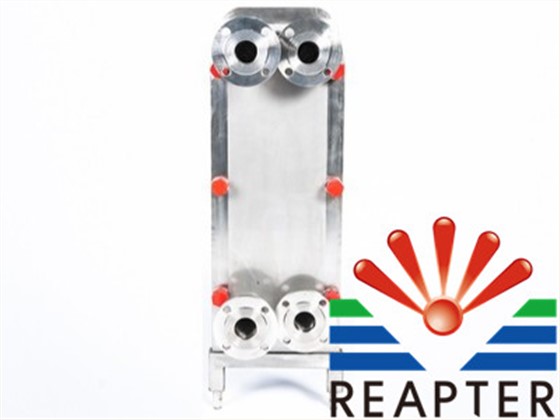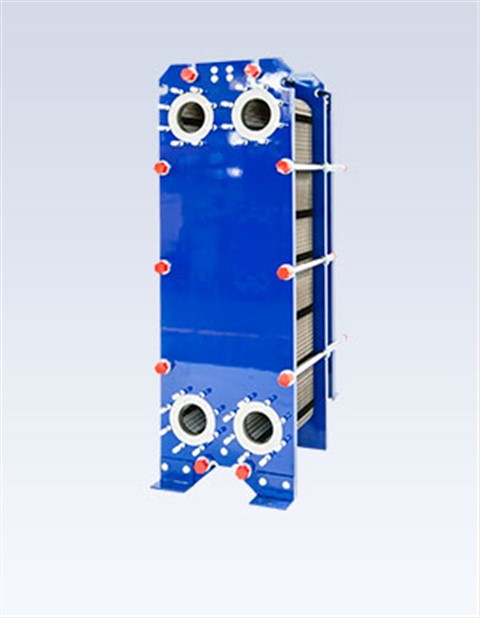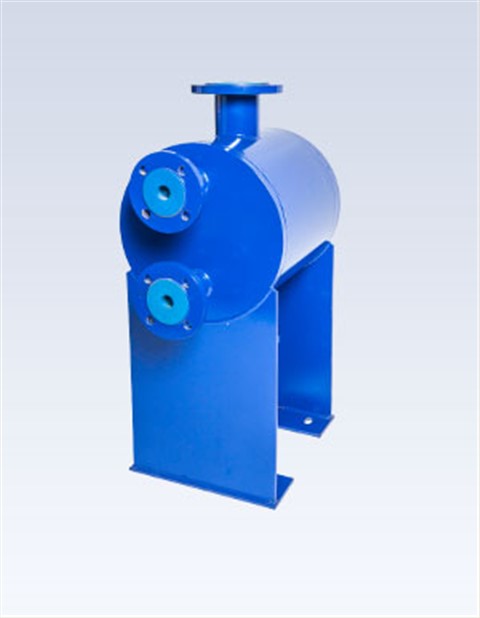First of all, the plate heat exchanger for brewing and fermenting food is very useful. First, it is used to cool the wort.Second, it is used to pasteurize.Third, it is used to cool the wort before low-temperature canning.
If you use a cold plate tube to cool down, the heat exchange efficiency is too low, but some customers may worry about whether the plate heat exchange will be blocked, or how to use it to find that the flow is getting smaller and smaller? Or what if the process produces bacteria? Today, we will answer these questions one by one.
1. Blockage of plate heat exchanger
Many people think that the biggest slot point of food grade plate heat exchanger is easy to block, compared with tube type, but in fact, it is not so easy to block in the brewing process. A small amount of hops and malt bran does not affect the use.
2. Flow rate
If you find that the plate is not blocked, but the flow rate seems to be getting slower and slower, then there are still foreign matters in. At this time, simply add a filter screen at the water inlet, you will find foreign matters such as hops, which will be blocked outside the filter screen. If the flow does not rise but falls at this time, it is necessary to consider the siphon problem. At this time, combined with the pressure given by the manufacturer's selection Loss data and engineer's recommendation, just change the pump.
3. Bacterial problems
If it is a small equipment, the pipeline is sealed or controlled to ensure the tightness of the fermentation container, the possibility of bacteria entering is very small; if it is a large factory, the plate heat exchanger is large and has many uses, it can be cleaned well.

Don't feel troublesome. In fact, every detail of the food grade plate heat exchanger is to better reduce the problems that may occur during operation. Isn't a plate heat exchanger that can operate stably for several years better than the heat exchange equipment that needs to be replaced from time to time?


 Food grade plate heat exchanger
Food grade plate heat exchanger Plate And Shell Heat Exchanger
Plate And Shell Heat Exchanger